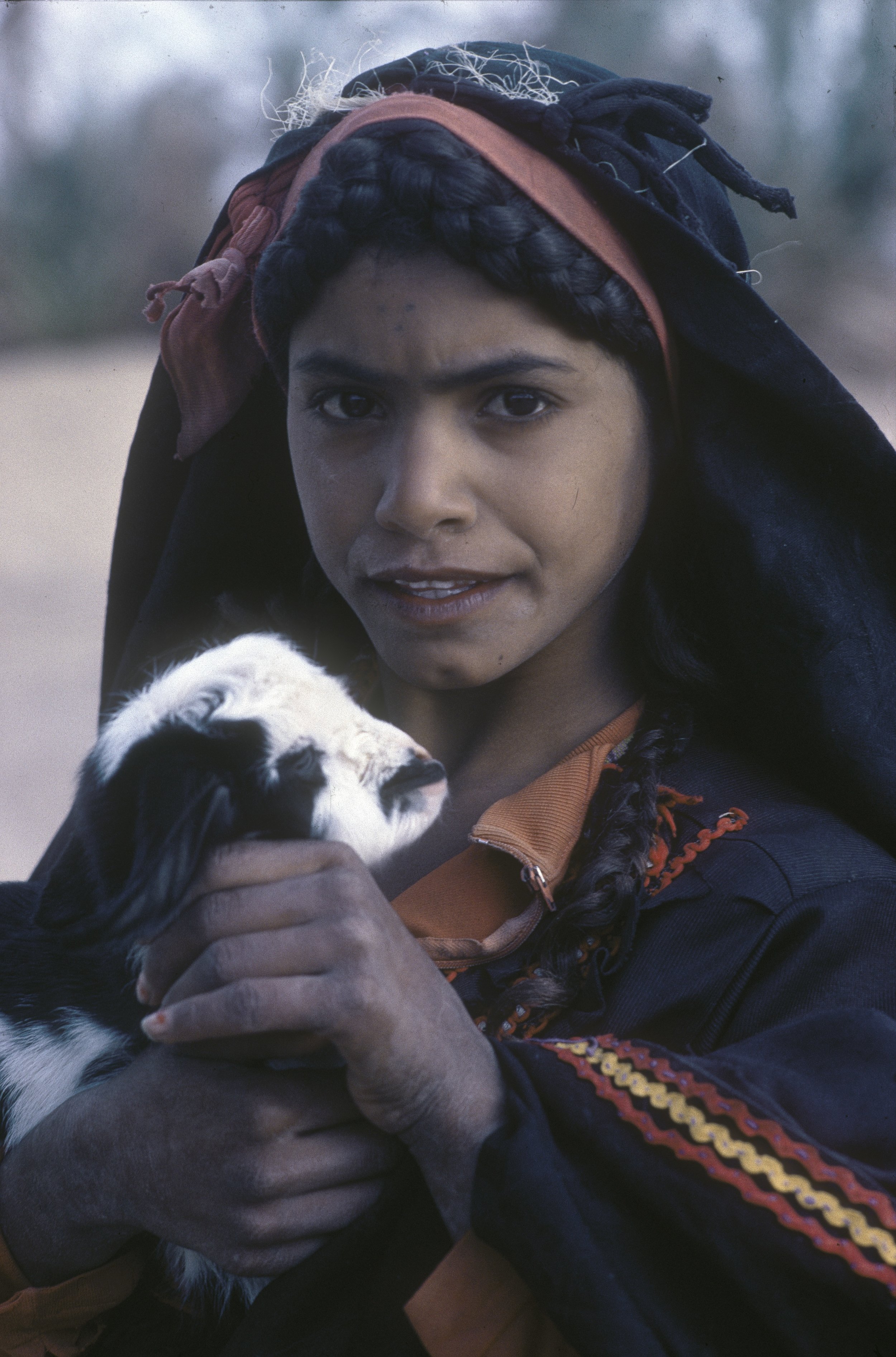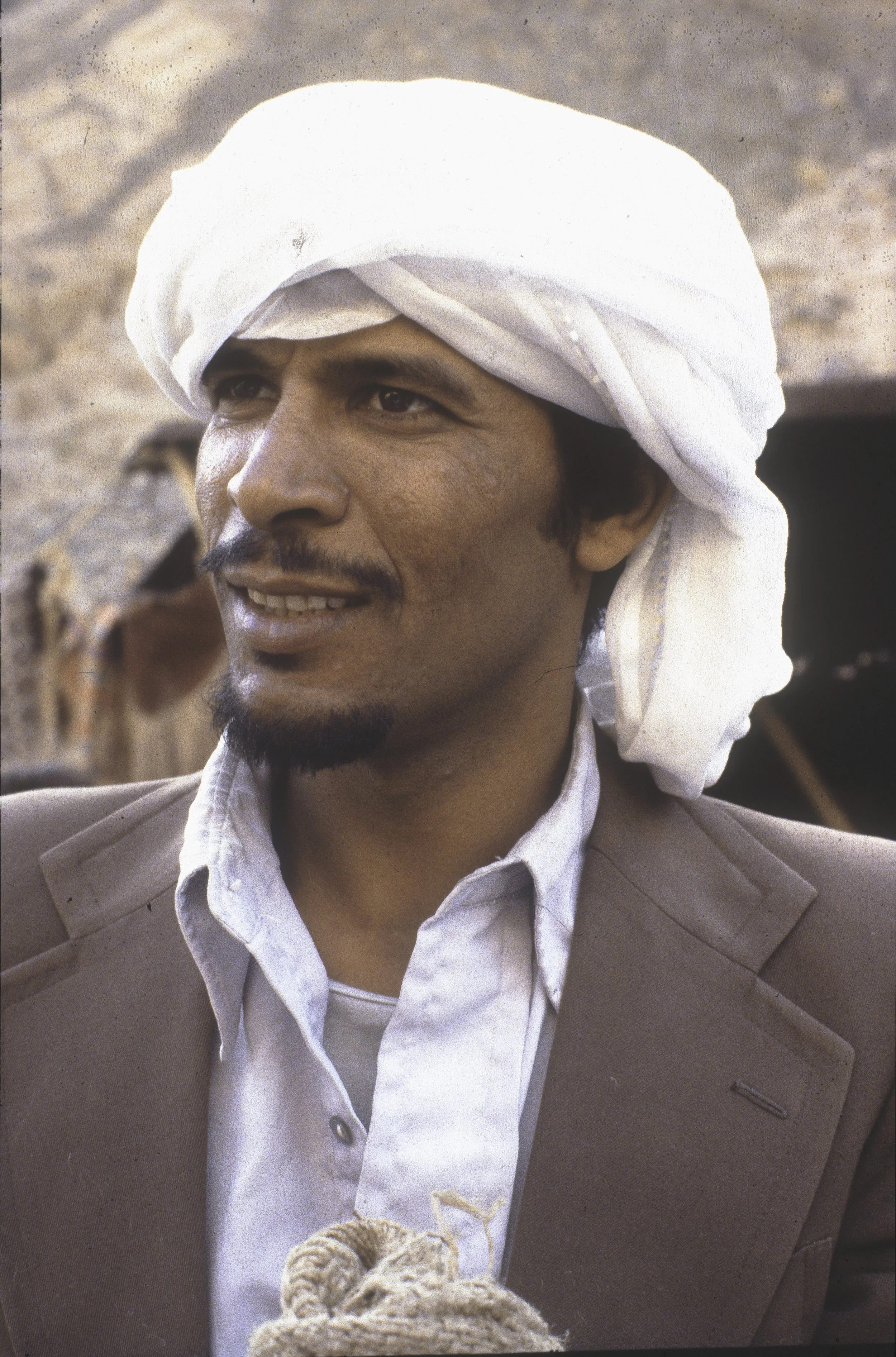A Peek Into the World of the South Sinai Bedouins
If you hike along Egypt’s first long-distance hiking trail known as the Sinai Trail, you will cross the path of three Bedouin tribes (namely the Tarabin, Muzeina and Jebeleya) who descend from immigrants from the Arabian Peninsula who arrived between the 14th and 18th centuries. As ancient desert dwellers, the Bedouin are one with nature, the environment and the land.
The Arabic term Badawi, from which “Bedouin” derives, means a nomadic inhabitant of the desert. The Bedouin adapt to the desert conditions for their survival— they observe the sun, moon and stars to guide them through the terrain; skills that they have learnt from their ancestors. The Bedouin are incredibly independent and resourceful, fiercely proud of their culture, and observe important rituals dating back generations.
Bedouin nomads traditionally live as shepherds, tending flocks of goats, sheep and camels. Camel breeding as well as raising sheep and goats provide the livelihood for the Bedouin, who trade wool and hides for goods such as wheat, barley, coffee, tea and other foods. The tribes dwell in tents which they move deep inside the desert during the rainy winter months, and then relocate to the desert’s edge for the summertime. Nowadays, most Bedouins live in more permanent homes on the fringes of the desert year-round.
The Bedouin converse in an Arabic dialect which is changeable across tribes. Bedouin Arabic is a language with a rich tradition of oral poetry and stories. As more mainland Egyptians have settled in the Sinai, the language has merged slightly with Egyptian Arabic. The Bedouin diet typically includes bread (made of dark wheat, water and salt— known as ‘Libbah’), rice, dates, yoghurt, milk, coffee and tea. Meat is only served on special occasions. Dates are a staple of the Bedouin diet which are harvested from palm trees, dried in the sun and stored for the winter months when they provide food for families and occasionally for camels, goats and sheep. The Bedouin can survive for months on nothing but dates, animal milk and water.
Bedouin society is tribal and patriarchal. The head of the family— and of each tribe— is referred to as ‘sheikh’ who is assisted by a tribal council of male elders. Bedouins are primarily Muslim, governed by strict tribal laws and traditions. The traditional garb for men is a loose cotton full-length white robe as well as the trademark kuffiya— cloth and rope that represent upholding obligations and the responsibilities of manhood. Bedouin women wear black that is embellished with colored embroidery. Married women wear a black cloth or ‘asaba’ around their forehead. Family is very important to the Bedouin, and to preserve tribal values, marriages have been between the closest relatives permitted by Muslim law. Marriages outside the extended family have traditionally been rare, but due to recent urbanization and new education opportunities, the Bedouin have started to marry outside their tribes.
While the Bedouin work hard to maintain ancient traditions, the modern world has certainly made its way into their existence and is impacting their way of life. The past few decades have been especially difficult for traditional Sinai Bedouins, due to challenges including unemployment, land issues, and the construction of new resort towns such asSharm el-Sheikh in Egypt. With roads decreasing isolation for the Bedouin, resulting in increased contact with outsiders and exposure from technology, the nomadic culture is slowly transforming, causing a loss of traditional values. And yet, many Bedouins continue to maintain ties with their nomadic families, and preserve the language and other cultural markers that identify them as Bedouins.
When you hike along the Sinai Trail, take note of the lingering Bedouin tribes, who are eager to welcome visitors into their homes, and are proud to share their stories, culture and traditions.































